
IT’S DECEMBER 1988. You’re about to buy a Ferrari 328. But what about this new mid-engined Ford, claimed to best every other sports car, at any price? It’s grippier than even a Testarossa and Countach and outhandles a 911 through a slalom – no surprises there: F1 champion Jackie Stewart helped develop it. And its Yamaha-Ford V6 sounds like a ripper. Not to mention everyday usability thanks to good vision, convenient access, a proper boot and Ford-size bills. The Ghia-designed targa body looks the business, too; right up there with the Testarossa for a third of the price.
Too good to be true? Well, it came close to reality. Through the ’80s, a skunkworks team at Ford Special Vehicle Operations conceived and developed a supercar called GN34. It would utilise the best resources from around the world – Italian styling, British chassis design, US SVO engineering, quad-cam Japanese V6 power and state-of-the-art European assembly while boasting inbuilt Ford durability, all with the exalted aim of shaming the Corvette and beating Porsche and Ferrari.
Down the years snippets about the car have sprinkled the internet but the facts have been confidential until now. Freshly uncovered details, specifications and photos show how serious Ford was the impact GN34 could have had.
This story is from the March 2022 edition of Wheels Australia Magazine.
Start your 7-day Magzter GOLD free trial to access thousands of curated premium stories, and 9,000+ magazines and newspapers.
Already a subscriber ? Sign In
This story is from the March 2022 edition of Wheels Australia Magazine.
Start your 7-day Magzter GOLD free trial to access thousands of curated premium stories, and 9,000+ magazines and newspapers.
Already a subscriber? Sign In

JAGUAR XE
JAGUAR WAVES GOODBYE TO LOWER-END PRODUCTS”
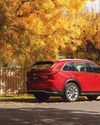
LOTS TO LIKE, NIGGLES TO FIX
MAZDA'S BOLDEST SUV YET WAVES GOODBYE, BUT IS IT A HIT OR A MISS?
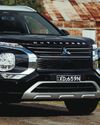
THINGS THAT GO BUMP IN THE MORNING
ELLEN'S UP WITH THE LARKS BUT GETS AN UNWELCOME EARLY MORNING ALARM
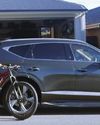
LAND OF CONFUSION
OR HOW THE GENESIS GV80 STILL MANAGES TO KNOT THE BROWS OF THE UNINITIATED

CHARGE OF THE LIGHT BRIGADE
NAME YOUR TOP 10 HOT HATCHES AND WE’LL BET NONE OF THEM HAVE BATTERIES. THE ABARTH SO0E AND MINI COOPER SE AIM TO POWER INTO THAT OPPORTUNITY
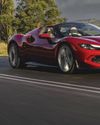
Polar expresS
A DROP-TOP FERRARI ON THE COLDEST DAY OF THE YEAR? ANDY ENRIGHT RUGS UP FOR A FRESH BLAST THROUGH SOUTH GIPPSLAND'S FINEST ROADS

DYNASTY REUNION
AHEAD OF THE ARRIVAL OF THE GS0 BMW Mo, WE FIND OUT WHICH GENERATION OF MUNICH'S SUPER-SEDAN IS THE GREATEST EVER

FORD CAPRI
THE EV YOU ALWAYS PROMISED YOURSELF?
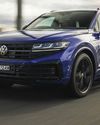
VOLKSWAGEN TOUAREG R
TOP-TIER TOUAREG DELIVERS WHAT YOU EXPECT FROM THAT R BADGE
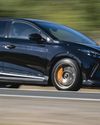
MG 4 X-POWER
MG TAKES A MULLIGAN ON THE X-POWER